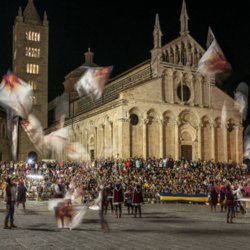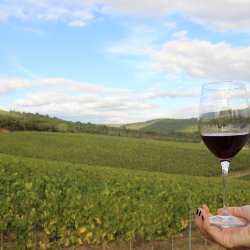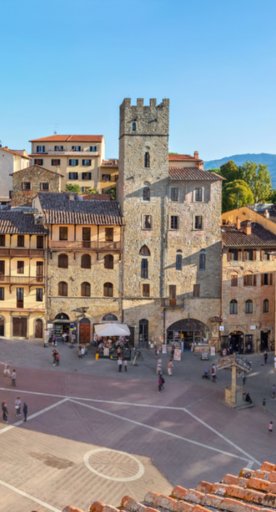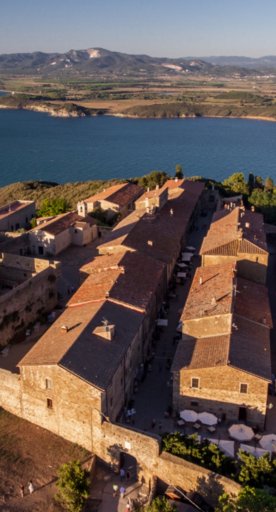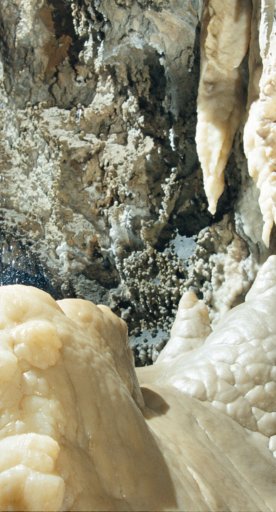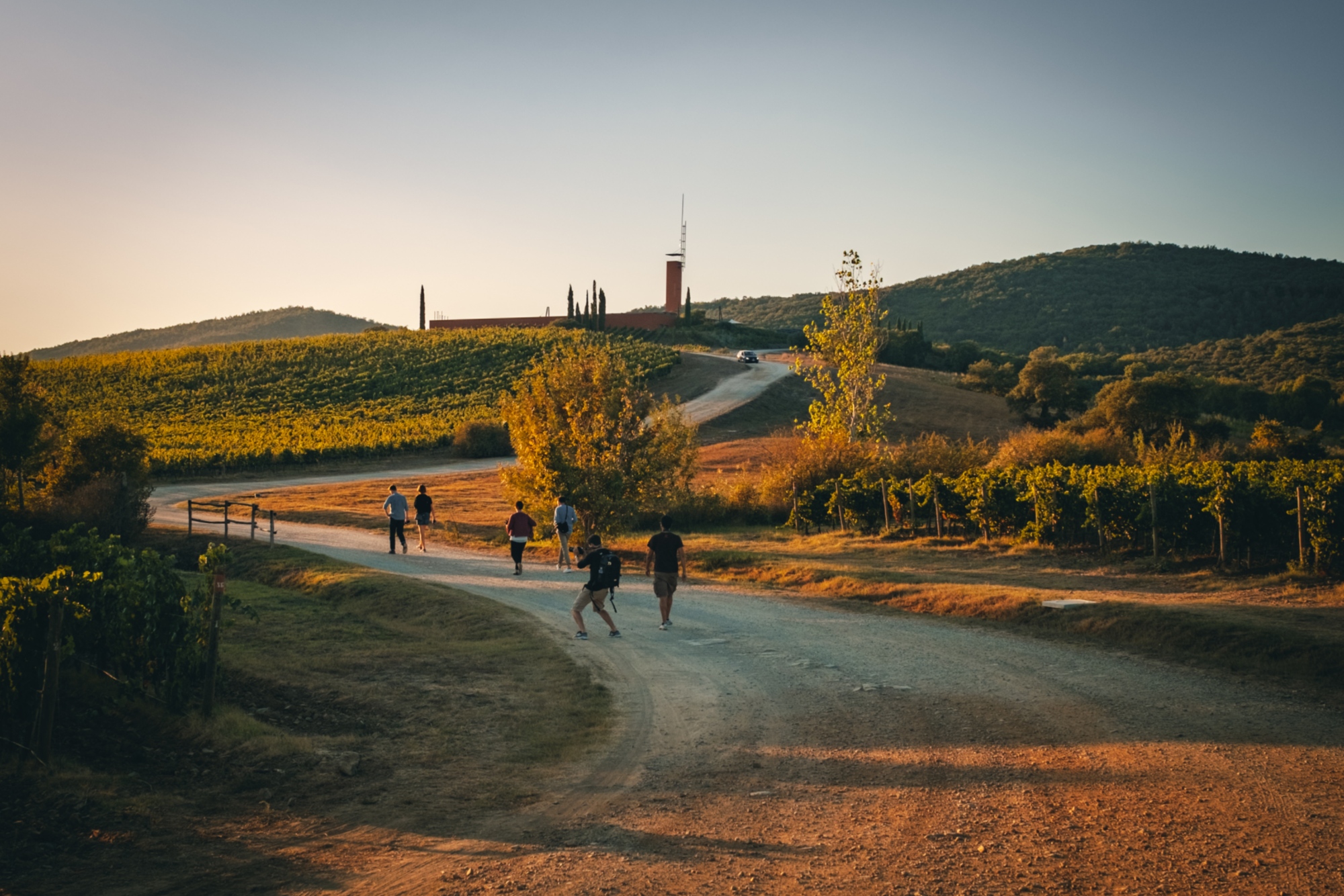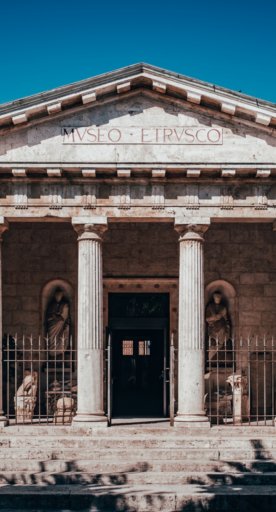
Not only sea: 5 things to do in Follonica
From the Church of St. Leopoldo to MAGMA, here are the places not to be missed in the city of cast iron
Follonica is one of the most renowned summer destinations in Maremma, which, in the last century, has seen a great urban expansion towards the sea. However, Follonica is not just about the sea; since ancient times the town has been known for its iron and steel-making activity, and the squares of the historic center are an interweaving of past and present that invite anyone who visits them to immerse themselves in daily life. For wilderness lovers, just outside the urban center, you can find a large protected natural area where there is no shortage of significant historical evidence.
-
1.Visiting the MAGMA and the Ex-Ilva complex
-
2.Discovering the Church of St. Leopoldo and its cast-iron works
-
3.On the trail of history: the Hydraulic Tollhouse
-
4.Taking a break at MeQ: the quality indoor market
-
5.Walking through Montioni Park
Visiting the MAGMA and the Ex-Ilva complex

Ex-Ilva is Follonica’s old steel complex and represents one of the most important vestiges of industrial archeology in Tuscany. The area, which is accessed through a monumental cast-iron gate dating back to the 19th century, encloses Ilva’s disused factories. After the closing in 1960, some of the buildings were converted and used for social and cultural activities, such as the Cast Iron Library, the Maremma Museum of Cast Iron Arts (MAGMA) and the Leopolda Foundry Theater.
Discovering the Church of St. Leopoldo and its cast-iron works
The Church of St. Leopoldo, erected between 1823 and 1841, represents one of the few examples in the world of architecture marked by a significant cast-iron structure that, in addition to being present in the exterior, can also be found in the interior furnishings including the base of the pulpit, the balustrade of the presbytery, several columns and even the candelabra of the high altar.
On the trail of history: the Hydraulic Tollhouse

The Follonica Hydraulic Tollhouse (Casello Idraulico) is a structure built to house the employees in charge of controlling land reclamation operations in the 19th century. The structure, located on Via Roma, has a rectangular floor plan and a unique central turret, an element common to all hydraulic tollhouses in the Tuscan territory. At the back it is, moreover, possible to admire a large garden with an exhibition hall.
Taking a break at MeQ: the quality indoor market

The MeQ, the quality indoor market, opened in 2023, is a market created with the aim of carrying forward the values of Vetrina Toscana, the regional project on food and wine tourism that aims to enhance local specialties and seasonality. At MeQ, you can buy fresh fish, Maremma tortelli, baked goods but also seafood specialties, such as cacciucco, fried squid and shrimp, and quality stuffed sandwiches. MeQ’s values are: ethics, care for the environment and respect for animals, and the fight against food waste; for these reasons, the facility is equipped with an eco-compactor in which to place plastic bottles for disposal, and the unsold food at the end of the day is delivered to the Caritas kitchen.
The quality indoor market, therefore, aims to tell the story of the Follonica area through food and wine in a perspective of not only environmental but also social sustainability.
Walking through Montioni Park

Montioni Park, located near Follonica, is a large green area covering 4494 hectares in the province of Livorno and 1990 hectares in that of Grosseto. The dense forest present consists of turkey oak and holm oak trees, while the fauna is typical of the Maremma Mediterranean scrub. The current conformation of the landscape is strongly linked to human action and the production of coal and wood. Moreover, in the center of the park are the remains of alum quarries, used for works on leather and textile, and from the remains of a mining village dating back to the Napoleonic era.


